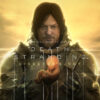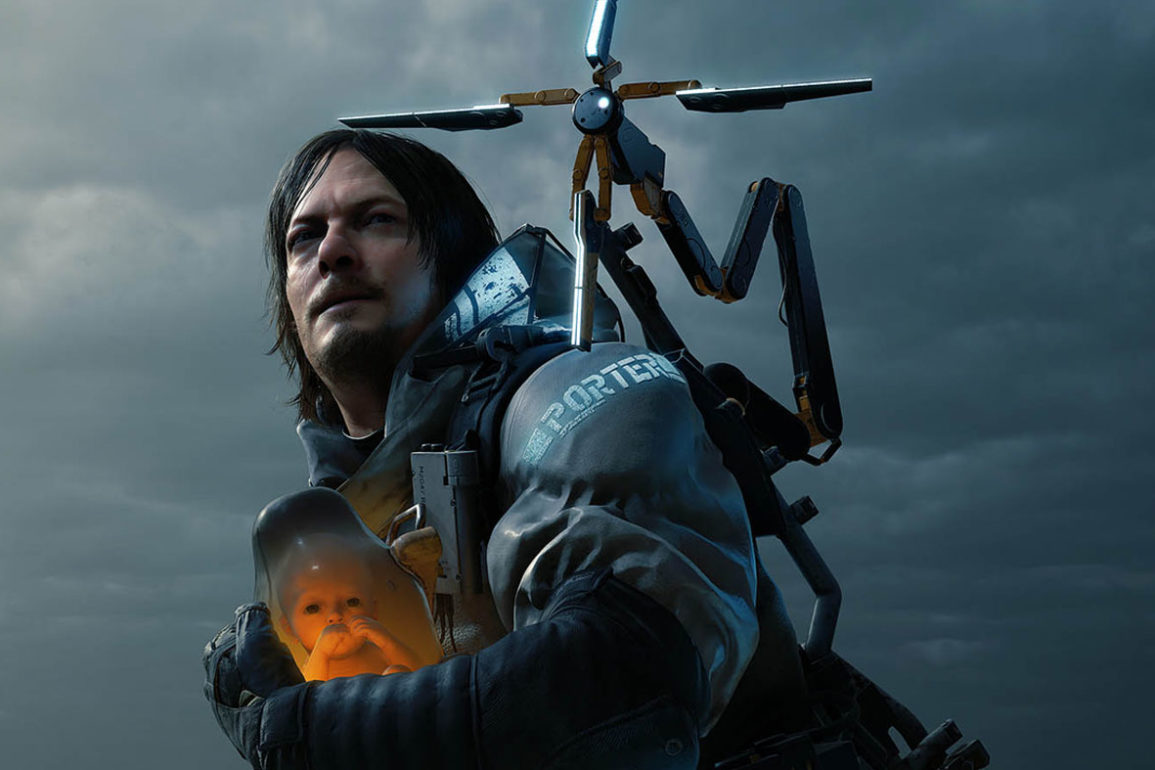When it comes to Death Stranding, there’s a lot of crazy to take in. Rain that accelerates the process of aging, a form of necrosis where, unless incinerated, bodies explode and leave craters where they lie and scary, unnerving handprints stalking Sam Porter Bridges, our humble courier protagonist, at every turn.
And this is all within the first few hours of Hideo Kojima’s new mindbender, his first release under his own studio, which was formed from the ugly divorce between he and Konami.
Left unchecked and with no-one to answer to, Kojima has delivered a game that has left me at war with myself. On one hand, I longed for every one of the some forty hours I spent reconnecting America because it’s a game very much about the journey and the few real friends Sam makes along the way. Yet on the other hand, I’ll be more than happy to never set foot in the game’s world again because it is, at times, oppressively lonely and exists in contradiction of the game’s message and the game’s core concept is very much formed around the fetch quest, one aspect of open-world titles most loathed fallbacks.

As a porter, the fanciful Death Stranding term for courier, Sam’s only real objective throughout is to collect or deliver. Of course, that’s not all there is to it, Sam will spend enough time quietly finding a quiet pacifist route through a veritable minefield of Beached Things, the tethered, ghostly spectres who, through their connection to the land of the dead, give Sam a hard time. But for the most part, Sam’s primary ‘enemy’ will be terrain. Death Stranding’s reputation as a walking simulator based on the limited pre-release knowledge isn’t entirely unfair, though it does sell short how much work has gone into gamifying something many of us would take for granted; the act of repeatedly putting one foot in front of the other.
Death Stranding’s core challenge of keeping upright and keeping the cargo intact comes down to a few simple things. Feathering the triggers at key moments maintains your balance, which can be set off-kilter by heavy loads, which can be managed through menus, or even transferred to cargo trays of the game’s few vehicles though I don’t exactly recommend their use for a number of reasons. The futuristic trikes bounce and ricochet off of every small obstacle while the larger flatbeds leave much of the game’s very vertical world off-limits which is a large shame. Management of stamina use also plays a huge role in Sam’s hopes of remaining surefooted. The game is conceptually simple and yet this simplicity is often set at naught by instances of jank which make things like jumping and mantling edges a perilous feat. Donald Trump has tried his heart out for nearly three years to no avail, but Kojima has managed to make America great again. Modeled on real-world Iceland, these United Cities of America come together to form an absolutely stunning world to explore and that is one of Death Stranding’s notable strengths outside of its compelling narrative. Much like No Man Sky before it, wanderlust became as big a motivation for me as unearthing the secrets of the Beach and the game’s many other curios.

The game isn’t all walking the walk, there’ll come plenty of times where Sam will be forced to defend himself. Beached Things act as the game’s supernatural threat which only reveal themselves when in proximity to Sam’s Bridge Baby, which are housed in a pod meant to emulate conditions inside their stillmother’s womb. It’s in these conditions that BB can help operatives sense the otherworldly entities. With a pulse of his odradek, the shoulder-mounted sensor that allows Sam to sense and expose Beached Things in areas with a high chiral density, often signified by a reverse rainbow and downpour. Combat isn’t essential as Sam can use a Hideo Kojima specialty (see: stealth tactics) to bypass the danger. By crouching and holding your breath when in close proximity to the silken black nightmares, you’re able to navigate these tense scenarios fairly pain-free.
The game’s more grounded and understandable threat comes from a bandit-faction known as MULES. These deranged wildlings set up camps to intercept porters like Sam to feed their cargo addiction and they’ll stop at nothing to take it from you. The game allows a great many non-lethal options, helping lend plausibility to some of the story’s nuances surrounding necrosis and the huge risk that comes with taking a life in-game. The gunplay is a lot of fun and though it’s a welcome change-up for the sheer amount of leg-stretching Sam will do it is infrequent in the grand scheme of things.

For a game that balances its whole plot and message around reconnecting people and ‘tying knots’ to fix the world, so to speak, the game’s world is sparse when it comes to living beings. You spend more time exchanging pleasantries and having your boots licked by holograms of the thankful, hunkered down base-dwellers than having any real meaningful discourse about the world’s great mysteries. Death Stranding is an exercise in attrition as combating the loneliness of the game’s world becomes a challenge in its own right. Of course, the remnants of other real-world players are evident in the paved roads and structures left behind by those who made the coast-to-coast pilgrimage before you though the lack of real interaction leaves the process feeling rather artificial and impersonal. The fact that I could believe that Death Stranding’s porter community could made the simulation of bots says all it needs to about one of the game’s bigger disappointments.
I’ll be the first to put my hand up and say that I’m a sucker for Daedalian narratives that wind and pivot beyond the point of convolution. Death Stranding is a complex work of science-fiction that unfolds to a satisfying conclusion, even if the ramifications aren’t immediately clear. It’s a game that demands rumination, though this story succeeds largely on the back of every facet of Death Stranding’s presentation, from the sheer achievement that is the Decima engine to the performances of those chosen to execute their craft, from Norman Reedus, Léa Seydoux to Troy Baker and right through to Jesse Corti and Darren Jacobs who brought to life Guillermo del Toro’s Deadman and Nicolas Winding Refn’s Heartman, two of the game’s more fascinating presences. Even the original soundtrack handpicked for the game’s more protracted walks is nothing short of incredible. Low Roar’s “Don’t Be So Serious” creates the perfect ambient cornerstone to introduce the game’s world against during the game’s prologue.

Death Stranding is a game that’s sure to divide critics and gamers the world over. For me, Kojima’s arrogance in creating a forty-hour series of fetch quests is superseded by his knack for building worlds and stories, along with the characters that inhabit them. I experienced highs and cavernous lows with Death Stranding, but it’s a game I’m still thinking about days after rolling the credits. Whether it’s a superb video game or not, that alone is the mark of something special.





